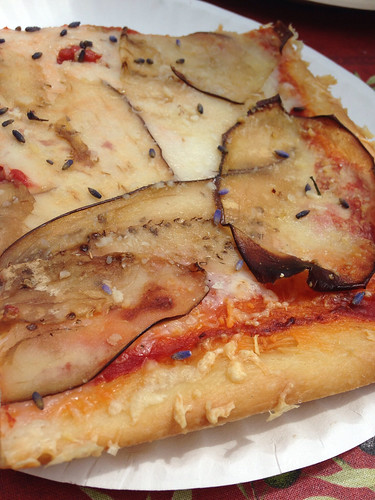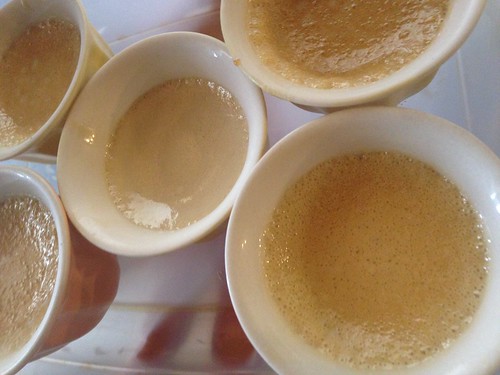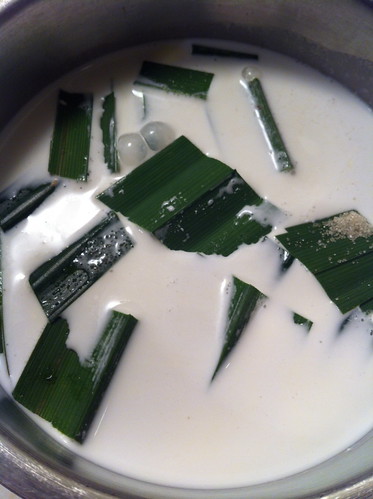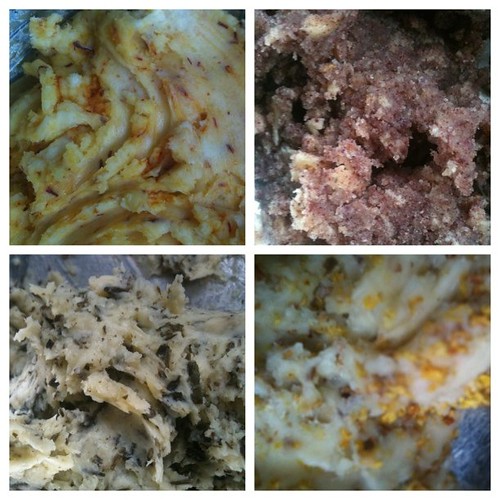Lavender-Violet-Cassis Cupcakes

Lavender-Violet-Cassis Cupcakes were an invention of a moment a few summers ago that got a hold in my baking repertoire as an exotic yet easy to whip-up pastry that looks pretty and impressive. The decoration is so simple: flowering tops of lavender (preferably fresh), and crystallized violets. Both are fancy, yet keep for a long time and create a memorable impression, both visually and on your guests palate. I've served them since in bridal stagettes and baby showers, and always got many complements!
If you can't get a hold of black currants (cassis), blueberries make a fine and delicious substitute. Keep in mind that the smaller the berries - the more flavourful they are, as most of the flavour is actually in their skin. The violet glazing is not what's going to make or break this recipe, so use it only if you have it - so if you can't find it, don't let that stop you from baking and enjoying these cupcakes .
Batter:
½ cup sugar
¼ tsp. dried lavender buds
1 stick butter at room temperature
2 eggs
1 cup flour
1-1/2 tsp. baking powder
2 Tbs. milk
1 Tbs Créme de Cassis liquor
½ cup fresh or frozen blackcurrants (or blueberries, if you can’t find blackcurrants)
Glazing:
Violet jelly (optional)
Icing:
5oz cream cheese
2/3 cup icing sugar
½ tsp vanilla extract or vanilla paste
For decoration:
Lavender springs and/or Candied Violet Petals
- Preheat the oven to 350F (180c)
- Make the batter by creaming together the butter, sugar and lavender buds.
- Add the eggs, one at a time, until fully incorporated.
- Sift together flour and baking powder, and add to the batter.
- Add the milk and liquor
- Add the berries, and stir gently just until incorporated (avoid bruising the berries!)
- Bake in paper-lined muffin tins for 20 minutes, or until a toothpick inserted in the centre of the middle cupcake comes out clean.
- Place the cupcakes and wait till they have cooled completely
- Meanwhile (as they are baking and cooling), whip up the cream cheese icing, blending all ingredients until smooth.
- To decorate, brush each cupcake with the violet jelly, once it's absorbed into the dough a little bit, place a generous dollop of the icing (or pipe it if you like it to be more precise-looking).
- Right before serving: Top each cupcake with one blooming top of lavender, and one candied violet petal.







